- WE’RE HERE TO HELP 24/7
- 800.586.5555
The Silent Killer: Hidden Dangers in Your Home
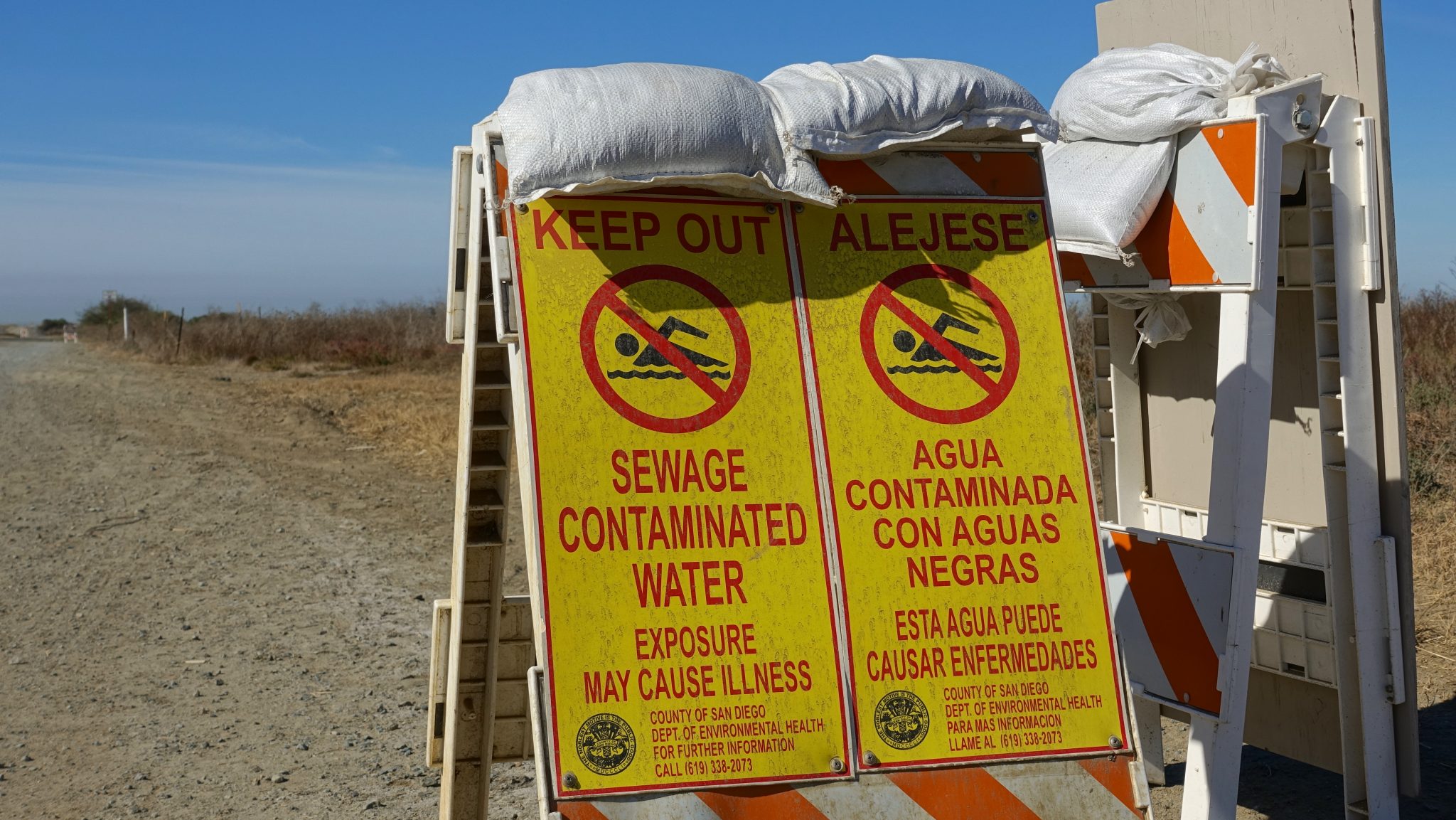
The Hidden Health Hazards of Hurricanes
July 8, 2019
2019 Hurricane Season Predictions (Infographic)
August 15, 2019The Silent Killer: Hidden Dangers in Your Home
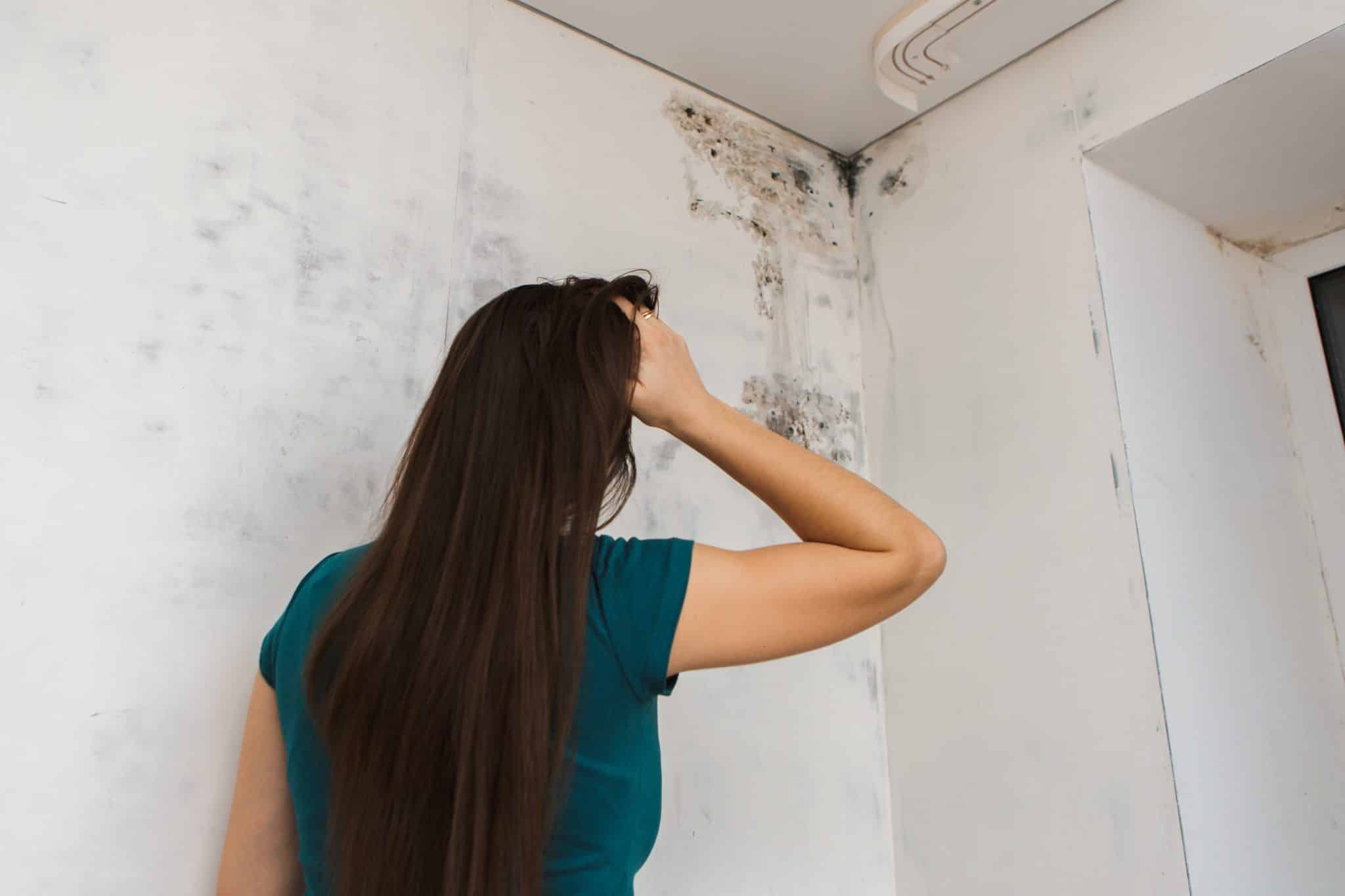
Roof leaks and dripping pipes are just some of the ways of developing toxic black mold in your home. These mold spores thrive in warm and moist environments and multiply rapidly contaminating your living environment. Most mold infestations are not visible due to living in between walls, cupboards, the roof and hidden corners. Over time causing various health conditions with multiple symptoms that most people blame on allergies. First sign of any of the following symptoms you should seek immediate removal of the mold and treatment from a physician.
- Increased Thirst and Urination As mold spores multiply in your home and your body, they affect normal bodily functions.
- Allergies First signs of mold growth are an increase in your allergy symptoms, if left untreated it could progress into the respiratory system. Common reactions to mold include sore eyes, sneezing, runny nose, and nasal congestion.
- Respiratory Illness As mold spores progress in the air, they seek out other hosts. Your lungs offer a perfect environment for the microscopic mycotoxin to multiply. These spores may create severe respiratory illnesses that become life threatening.
- Chronic Cough The result of mold exposure, the lungs become clogged with spores. Coughing will escalate in intensity as the spores multiply in your lungs causing severe scarring and respiratory failure.
- Chronic Fatigue Syndrome As you breathe in more of the mycotoxin’s spores, they affect neurotransmitter creation and function in the brain. Decision making becomes impaired, thinking slows down, and you feel tired all the time.
- Skin Conditions When mold spores settle on surfaces of the skin, they begin to colonize and seep into your pores. You may develop a rash, intense itching sensations, tingling feeling, or numbness in the affected area.
- Reproductive Issues & Infections Mold exposure can cause a drop-in fertility in both men and woman, leading to pregnancy complications and issues with conception. Your immune system reduces as the body tries to fight off an infection resulting in the spread of a disease.
- Mood Swings Mold infection may cause changes to your mood, experience moments of elation, periods of depressive thinking or low emotional response. When infected by toxic mold, brain function slows reducing the presence of feel good chemicals.
- Stiff Joints Long term exposure to mycotoxin spores may affect the blood stream and oxygen levels in your body. This effect leaves you feeling tired and lethargic and can affect the mobility of your joints.
- Blurred Vision Spores floating through the air can also irritate the eyes and sinus as well. Causing inflammation in the corners of your eyes, eyelids pink or red, itching and eventually spreading to your sinus.
- Digestive Issues Your immune function lowers trying to fight off stubborn mold spores allowing the spread of infection into your digestive system. Which can cause vomiting, diarrhea, and internal bleeding in the intestinal wall. If left untreated the toxins increase and eventually result to liver disease and could become life threatening.
- Life Threatening Illnesses As mold spores spread, long term exposure can lead to major health issues and diseases. Such as pneumonia, lupus, tuberculosis, fibromyalgia, cancer and sudden infant death syndrome.
- Pets and Animals Dogs and cats are more sensitive to mold exposure and can experience a lot more problems than humans do. Possible symptoms of affected animals, constant sneezing, runny nose, vomit, trouble walking, shaking, lethargy, sores, loss of fur, bleeding at the nose or mouth, excessive scratching and biting. Pet Urine can slowly deteriorate into something worse and cause mold growth.
Signs of Mold Infestation
Most people don’t notice smalls amounts of mold growth or just ignore it. The tiniest patches of mold can spread rapidly and require immediate attention. Visible mold is a sign that you have a much bigger problem hidden
away from view. The spores appear in spots or thread like and can be black, grayish, brown, green, or even white, sometimes even appear orange, pink or purple.
Mold spores can grow on wood, drywall, fiberboard, paper, dust, and lint, particularly in areas that may have recently flooded or suffered other types of water damage.
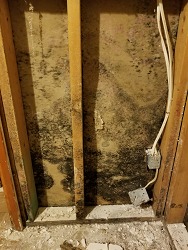

Visual Signs of Mold
First signs of mold problems are small water stains and/or discoloration on ceilings, walls, and floors. Also peeling, bubbling and cracking of paint and wallpaper are signs of potential mold damage.

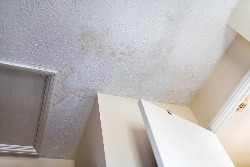
Water Leaks
Leaking pipes and roof leaks often promote mold growth behind walls and other surfaces that are hidden. Even leaks that are not behind walls can still promote mold growth by seeping through.
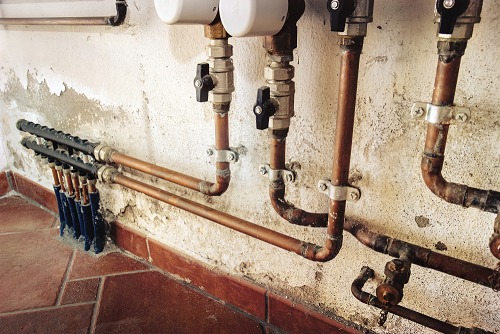
Flooding
Floods are a sure sign of potential mold damage on or beneath all areas that were covered with water.
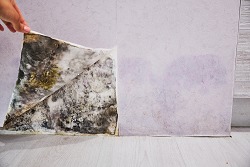

Condensation
Any signs of condensation on pipes or windows, there’s a good chance of mold growing in areas where the condensation leaks or builds up. Humidity is one reason for moisture build up and a cause for quick mold development.
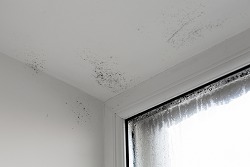
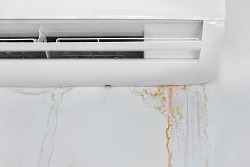
What mold smells like
Mold has a damp, musty scent very similar to an old book. Smell is generally not a good way to determine if there is a mold problem. The smell of mold spores can differ on the type and surface of which it grows. Most people don’t even notice the smell at all.
Mold Infestation is a serious concern if left unattended. The spores grow rapidly infesting every room and crevice that eventually ruin your health in a variety of different ways. Some people do not notice their symptoms in time or fail to remove all the mold spores entirely. Therefore, the mold mycotoxins spores will repopulate causing further damage to your health, animals and living environment.
